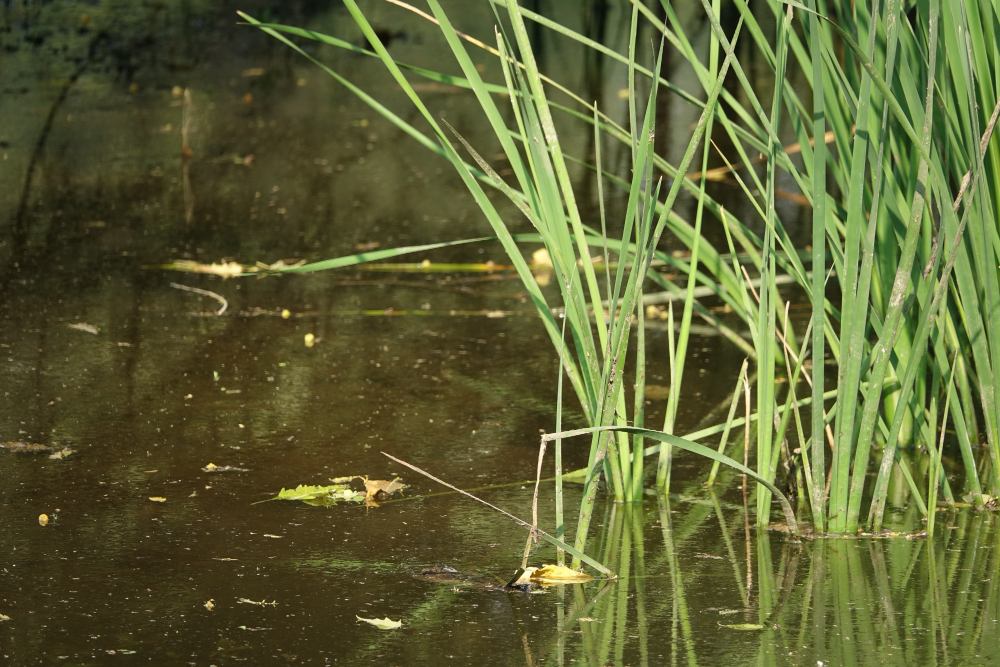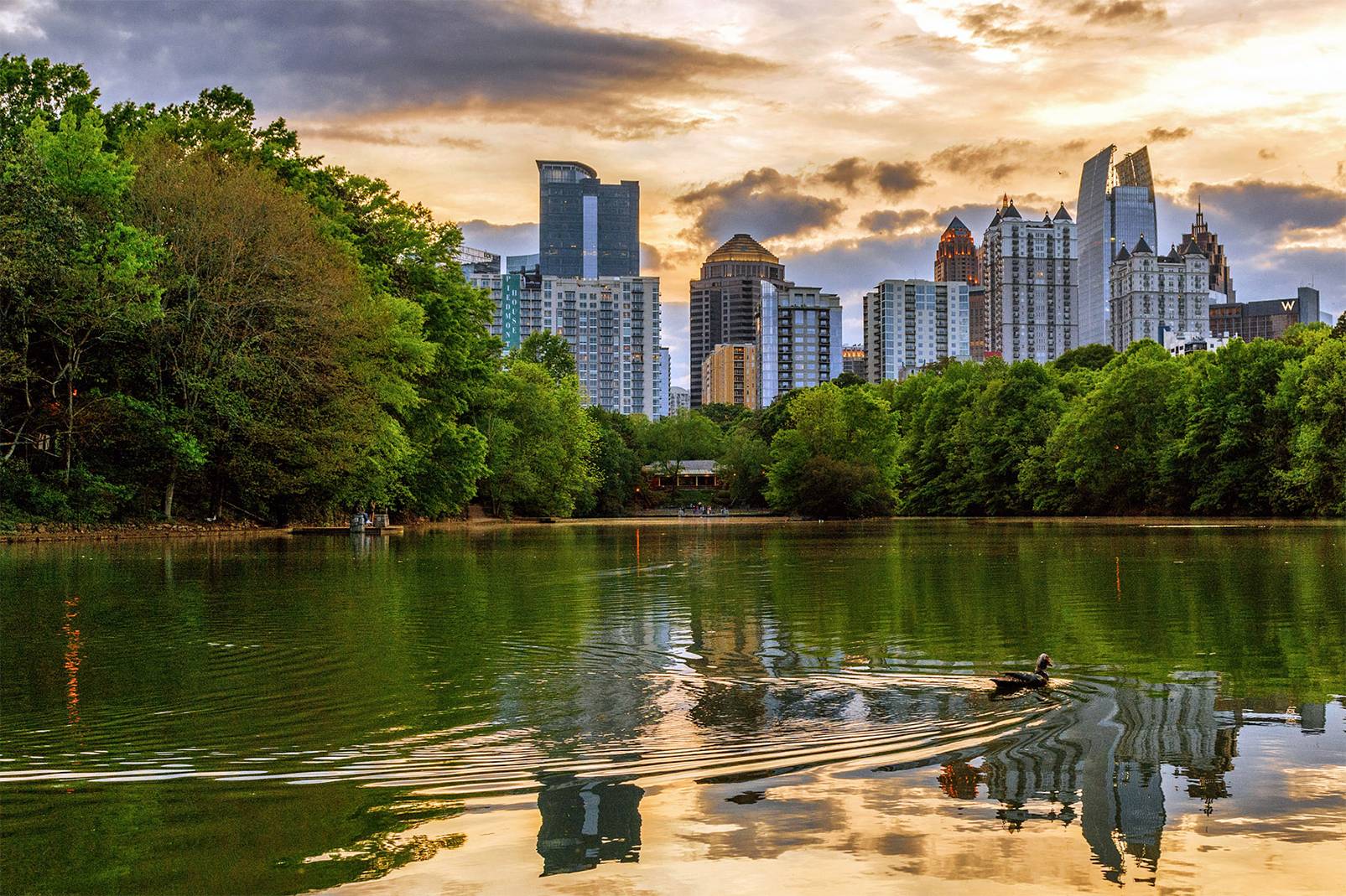
Shoreline weeds around ponds and lakes can play both positive and negative roles in the ecosystem. Some types of vegetation provide important habitat for wildlife, stabilize the shoreline, and contribute to water quality. However, excessive growth of certain weeds can become a nuisance affecting recreational activities, water flow, and the overall health of the aquatic environment.
Excess weeds should be removed, but it's crucial to identify the specific weeds present and understand their ecological roles before implementing any control measures. Additionally, local regulations may dictate specific methods for managing shoreline vegetation, so it's advisable to consult with local environmental authorities or experts for guidance.
Property owners and property manages who’d rather have professionals deal with lake or detention/retention pond maintenance in Georgia can call Aquatic Restoration. We are proud to offer 35 years of lake and pond maintenance experience.
Georgia, blessed with diverse aquatic ecosystems, boasts picturesque ponds and lakes that contribute to the state's natural beauty. However, maintaining the health and aesthetic appeal of these water bodies often involves dealing with common shoreline weeds. Let’s look at 4 of the common shoreline weeds in Georgia: Cattails, Water Lilies, Southern Naiad, and Torpedograss.
With their distinctive cylindrical spikes and towering presence, cattails are a hallmark of Georgia's wetlands. While they do provide valuable wildlife habitat, these grass-like plants can become problematic. Their dense colonies obstruct water access, impede recreational activities, and alter the natural balance of the ecosystem.

Floating gracefully on the water's surface, water lilies present an enchanting spectacle with their radiant blossoms and lily pads. However, beneath their surface beauty lies a potential menace as their proliferation forms expansive mats, choking waterways. The seemingly benign water lilies disrupt the aquatic environment by limiting sunlight penetration and hindering the growth of native aquatic plants.
Southern Naiad, a submerged aquatic weed, lurks beneath the water's surface with slender stems and whorls of leaves. As Southern Naiad proliferates, it forms dense underwater thickets, hampering water flow and impeding the movement of aquatic organisms.
Finally, there’s torpedograss, with its long, pointed leaves and rapid spread across shorelines make it a formidable contender in the battle for aquatic dominance. Torpedograss outcompetes native vegetation, establishing monocultures that diminish biodiversity.
There are four primary methods for effectively removing shoreline weeds: Mechanical, Chemical, Biological, and Cultural Controls.
Mechanical controls serve as a frontline defense, employing blades and machinery to physically mow or cut vegetation such as cattails. While chemical controls like herbicides can also target specific weed species, their use must adhere to stringent guidelines from the Georgia Department of Natural Resources (DNR) and the Environmental Protection Division (EPD).
Biological and cultural controls are more natural measures one can take to tackle shoreline weeds. Introducing native predators or competitors strategically aligned with Georgia's ecosystem provides a sustainable, long-term countermeasure. Further, buffer zones, fortified with native plants, form a protective barrier that promotes biodiversity and resists the encroachment of disruptive species.
Collaboration with environmental experts ensures a well-calibrated approach that preserves the delicate balance of the aquatic battleground. If you are not familiar with laws and regulations governing ponds and lakes, then make sure to bring an expert onboard. Residents in the area can call Aquatic Restoration to get started with a consultation. We’re happy to schedule a face-to-face meeting or on-site visit for as soon as possible.
Lake management is an integral part of keeping lakes healthy, functional, and beautiful for generations to come. Not only…
When people think of lake management, they often picture large-scale restoration projects involving acres of water and heavy…
Is your once beautiful and sparkling lake looking murky? Does excessive algae or scum on the surface turn it into…
When most people look at a lake, they see peaceful waters reflecting the sky, surrounded by greenery and wildlife. Lakes…
Lakes and ponds are dynamic ecosystems, and seasonal changes can have a huge impact on their health. From temperature fluctuations…